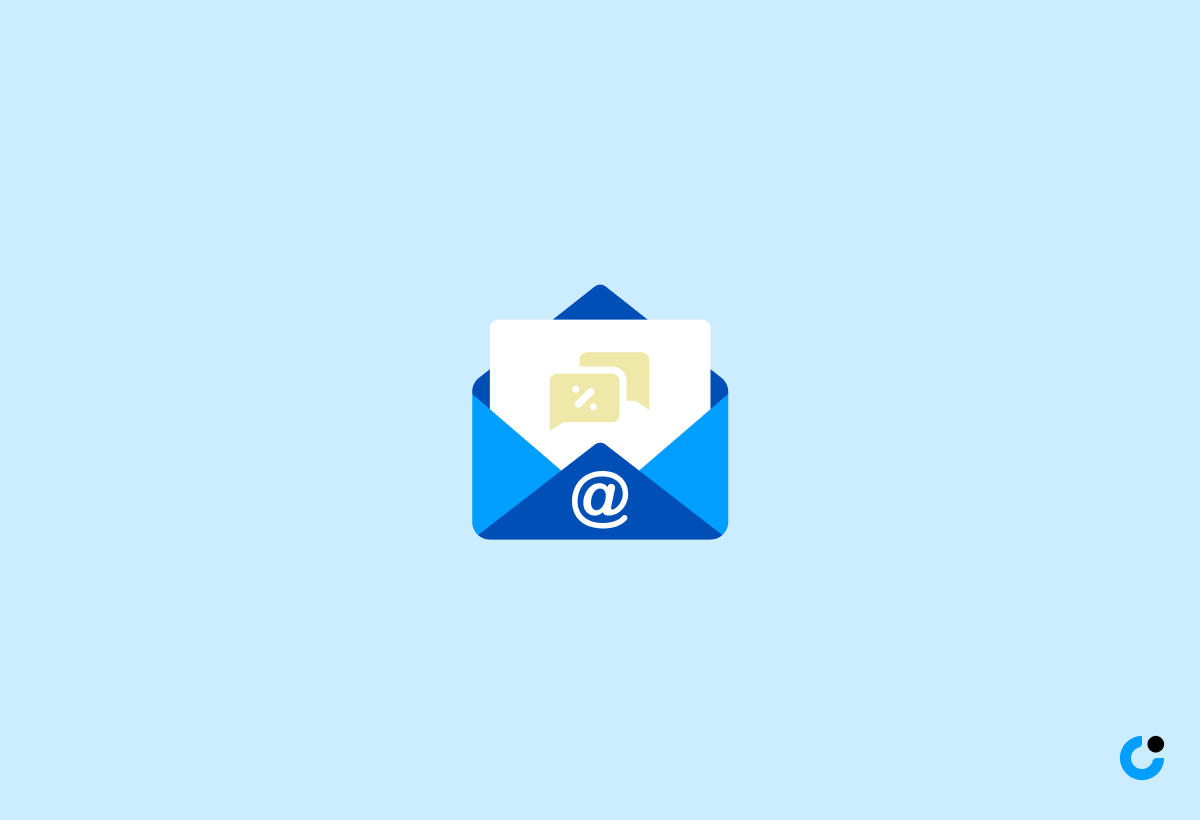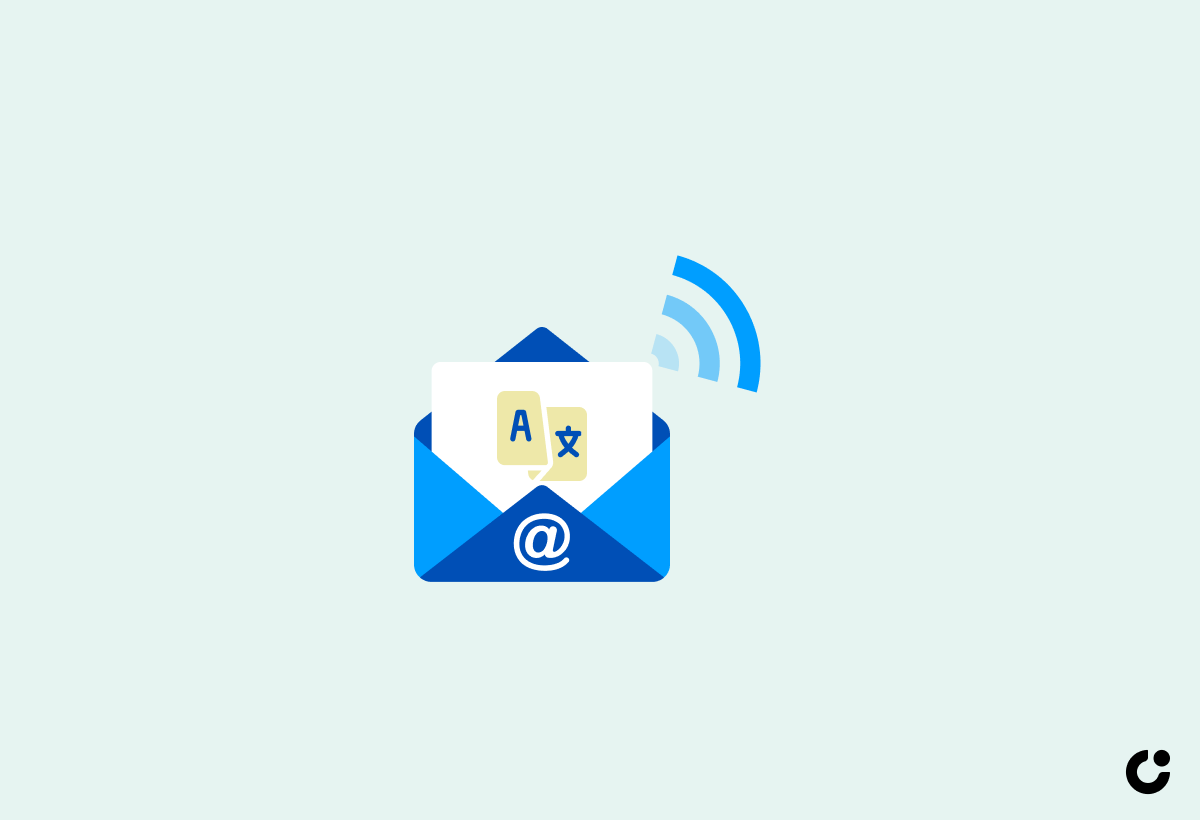Email communication is a crucial skill in today's digital age, especially when it comes to formal correspondence. In this article, we will explore the ins and outs of mastering email communication, focusing on formal email formats.
Whether you're a seasoned professional or just starting out in your career, understanding the nuances of email etiquette can make a big difference in how you are perceived by others. So, let's dive in and sharpen our email communication skills!
Key Takeaways:
1.
Choose a professional email format that is appropriate for the situation and recipient. Avoid using informal language and emojis in formal emails.
2.
Include a clear and concise subject line to help the recipient understand the purpose of the email and to increase the chances of it being opened and read.
3.
Utilize proper email etiquette, such as addressing the recipient with their proper title and including a polite greeting and closing. Avoid using all caps or excessive exclamation points.
Email Communication Best Practices

Effective email communication is crucial in professional settings to convey messages clearly and maintain a professional image. Following best practices ensures that your emails are well-received and achieve their intended purpose.
One key aspect of professional email communication is the importance of crafting clear and concise messages. Keeping your emails focused and to the point can help recipients grasp the main points quickly, leading to more efficient communication.
When structuring your emails, it's essential to pay attention to details such as using appropriate email templates to maintain consistency in formatting. A clear and informative subject line can grab the recipient's attention, helping them understand the purpose of your email at a glance.
Maintaining a formal tone throughout the email conveys professionalism and respect. Using proper salutations and addressing recipients by their titles where necessary adds a personal touch to your communication.
The body of the email should provide relevant information in a logical order. It's beneficial to use bullet points (
like this
and this
) or numbered lists to organize your points and improve readability.
As you conclude your email, a polite closing signature leaves a positive impression. This could include your name, position, and contact information for easy follow-up.
A crucial element often overlooked is crafting a proper call-to-action in your email. Whether you're urging the recipient to respond, provide feedback, or take a specific action, a clear and concise call-to-action guides them on the next steps, enhancing the effectiveness of your communication with clients and business partners.
Email Structure and Formatting

Email structure and formatting play a significant role in ensuring messages are well-organized and presentable to recipients. A professional and clear layout enhances the readability and impact of emails.
Key elements of an email include the subject line, salutation, body, conclusion, and signature. The subject line should be concise but descriptive, presenting the main idea of the email. A proper salutation sets a positive tone, like 'Dear Ms. Smith' or 'Hello Team'. In the body, maintain a logical flow, breaking up paragraphs for easy reading. Conclude with a call to action or summary. Professional templates are beneficial for consistent formatting. Clarity in communication is crucial, ensuring recipients understand the message effortlessly. When in doubt, adhere to a formal tone and standard conventions in business emails.
Email Tone and Language

The tone and language used in emails should reflect professionalism and clarity to convey respect and competence. Maintaining a formal tone and using proper grammar are essential components of effective email communication.
When crafting an email, be mindful of the recipient's expectations and cultural nuances, ensuring your language aligns with the formality level desired. Striking the right balance between being professional and approachable can help in fostering positive relationships. For instance, using appropriate greetings and closings sets the tone for a courteous exchange. Avoiding slang, emojis, or excessive exclamation points contributes to the email's credibility.
Correct grammar and punctuation aid in conveying messages clearly. Proofreading for errors and adopting a structured layout can enhance the readability and professionalism of your emails. By adhering to established language conventions and etiquette, you build trust and credibility with your correspondents.
Email Response Strategies

Crafting effective email responses is crucial in maintaining positive relationships with clients and business partners. Prompt and personalized responses demonstrate professionalism and attentiveness to their needs.
Timeliness is key when responding to emails; delays can convey disinterest or inefficiency. Addressing inquiries or concerns directly in the first few sentences can show that you understand the client's needs.
Personalization is also essential; using the recipient's name and tailoring your response to their specific situation can go a long way in building rapport.
A clear and concise call-to-action should guide the recipient on the next steps, whether it be scheduling a call, providing more information, or requesting a follow-up.
Frequently Asked Questions
What is the purpose of mastering email communication?
The purpose of mastering email communication is to effectively convey your message in a professional manner, which can lead to better relationships and outcomes in your personal and professional life.
What is a formal email format?
A formal email format is a specific structure and language used in professional email communication. It includes elements such as a proper salutation, clear and concise language, and a signature with your contact information.
Why is it important to use a guide when writing formal emails?
Using a guide for formal email formats ensures that your email is professional, effective, and respectful. It can also help you avoid common mistakes and misunderstandings in communication.
What are some common mistakes to avoid in formal emails?
Common mistakes to avoid in formal emails include using slang or informal language, not proofreading for errors, and not including a clear subject line or proper salutation.
How can mastering email communication benefit me in my career?
Mastering email communication can benefit your career by improving your communication skills, building professional relationships, and creating a positive impression on colleagues and clients.
Can I use a formal email format for personal communication?
While a formal email format is typically used in professional settings, you can also use it for personal communication with individuals who you have a formal relationship with, such as a mentor or colleague.

